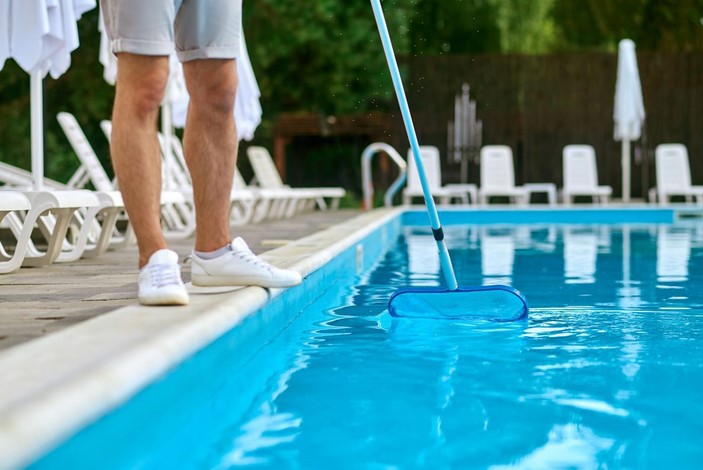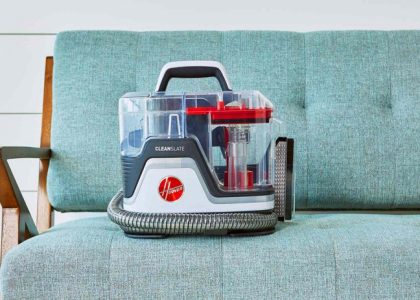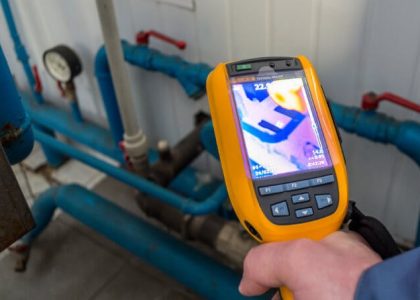
Owning a pool can be an incredibly enjoyable experience, offering a refreshing escape during the hot summer months. However, maintaining your pool’s water quality and overall condition is a year-round responsibility. Effective pool maintenance ensures that the water remains sparkling clean, safe, and inviting for swimmers. This article outlines key pool maintenance tips to keep your swimming pool in pristine condition, ensuring your outdoor oasis stays beautiful and functional throughout the seasons.
1. Regularly Skim and Clean the Pool
Keeping your pool free of debris is one of the most important tasks in maintaining water quality. Leaves, twigs, dirt, and other particles can quickly accumulate in the water, making it look cloudy and potentially damaging pool equipment. Regular skimming, at least once a day, is a simple and effective way to remove visible debris.
Skimming Tools and Techniques
Investing in a long-handled skimmer net is the most basic tool for debris removal. This tool allows you to easily scoop floating leaves and debris off the surface. Skim the pool after heavy winds, storms, or pool parties, as debris will tend to settle more quickly during these times.
In addition to skimming, ensure that you clean your pool’s pump basket and skimmer basket regularly. These components catch debris before it can clog your pool’s filtration system, making sure your pool runs efficiently.
2. Maintain Proper Water Chemistry
Another essential aspect of pool maintenance tips is managing the water chemistry to ensure it remains balanced and safe for swimming. Properly balanced water prevents algae growth, protects the pool surface from damage, and helps keep the water clear and inviting.
Key Water Chemistry Factors to Monitor:
- pH Levels: Your pool’s pH should fall between 7.2 and 7.8. If the pH is too high, the water can become cloudy, and calcium deposits can form on pool surfaces and equipment. If the pH is too low, it can cause the water to become corrosive, leading to damage to the pool and equipment. Regular testing of pH levels is essential, and adjusting it can be done with pH increasers or decreasers.
- Chlorine Levels: Chlorine is the most common disinfectant used in pools to kill bacteria, viruses, and other contaminants. The ideal chlorine level should be between 1.0 and 3.0 ppm (parts per million). If the chlorine level is too low, it will not sanitize the water effectively, leading to potential health hazards. Conversely, high chlorine levels can irritate skin and eyes. Regularly test chlorine levels and adjust as needed.
- Alkalinity and Calcium Hardness: Pool alkalinity should be kept between 80 and 120 ppm, as it helps stabilize the pH level. Calcium hardness should be between 200 and 400 ppm to prevent scaling or corrosion of pool surfaces and equipment.
Using Pool Testing Kits
You can use either strips or liquid testing kits to check your pool’s chemical levels. Liquid kits are typically more accurate, but strips offer convenience for quick checks. It’s a good idea to test your pool’s water at least once a week and after heavy rainfall or pool parties, as these factors can alter chemical levels.
3. Clean and Maintain Your Pool Equipment
Efficient and well-maintained pool equipment plays a crucial role in keeping your water sparkling. Regularly checking and cleaning your pool equipment will not only extend the lifespan of your pool system but also ensure that the water filtration and circulation systems function optimally.
Key Equipment to Maintain:
- Pool Filter: The pool filter is responsible for removing dirt, debris, and particles from the water. There are different types of pool filters, including sand, cartridge, and DE (diatomaceous earth) filters. Each filter type requires its own method of cleaning, but they should be cleaned regularly, according to the manufacturer’s recommendations. For example, sand filters should be backwashed when the pressure gauge shows a 7-10 psi increase, while cartridge filters should be cleaned with a hose or soaked in a cleaning solution.
- Pool Pump: The pool pump is the heart of your pool’s circulation system, ensuring the water flows through the filter for cleaning and sanitization. Check the pump’s motor for unusual noises, leaks, or loss of pressure. Lubricating the pump’s O-rings and seals and cleaning the pump basket helps keep it running smoothly.
- Pool Heater: If your pool is equipped with a heater, it’s important to maintain it properly to ensure optimal performance, especially during cooler months. Ensure the heater’s air vents are clean, and check for any signs of corrosion or malfunction.
Regular Inspections
In addition to regular cleaning, a visual inspection of your pool equipment is important. Look for cracks, wear and tear, and any parts that may need replacing. A small problem can often be resolved before it becomes a costly repair, so be proactive in your pool equipment care.
Maintaining a clean, safe, and inviting pool requires consistent attention and care. By following these pool maintenance tips, you can prevent many common issues that can lead to costly repairs and ensure your pool remains in top condition. From regularly skimming and cleaning debris to managing water chemistry and maintaining equipment, these efforts will result in sparkling water and a beautiful pool for years to come. Whether you handle the maintenance yourself or hire a professional, consistency is key to enjoying a safe and clean swimming environment for everyone.


